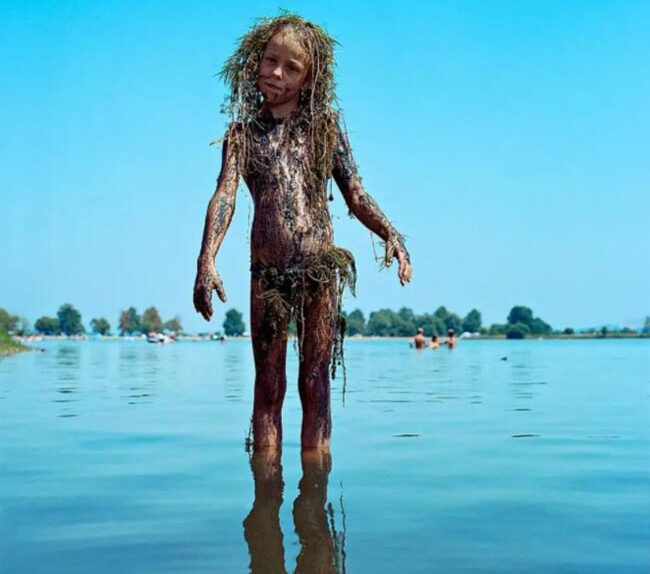We tend to list and classify photographers according to vaguely cultural categories. Irish photographers, gay photographers, African-American photographers, women photographers, Buddhist photographers. The underlying idea is that these categories all have a distinctive sensibility—an ability or capacity to view the world and express that view in a way that’s different from those who don’t fall into that category.
The notion of that sort of photographic taxonomy is a conceit that’s absurd on its face—and yet it holds an undeniable kernel of Truth. It’s not that Irish people or lesbians or Buddhists physically perceive the world in a different way; it’s that the socio-cultural experience of being Irish/lesbian/Buddhist tends to influence how that person interprets and experiences the world. It’s not about photography as photography; I mean, light is light and shadow is shadow and color is color, regardless of your identity. It’s about expressing that group identity through photography. I suppose you could call it identity photography.
But what happens when the socio-cultural group one identifies with undergoes a radical change?
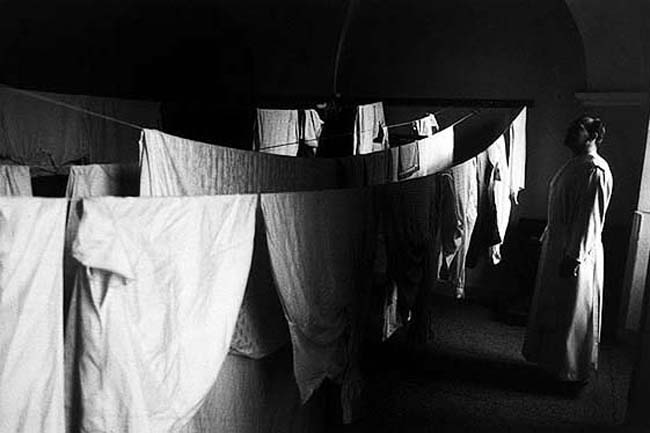
Evžen Sobek was born in the Soviet satellite state of Czechoslovakia in 1967—a year before a growing spirit of liberalism (known as ‘Prague Spring’) was completely crushed by a Soviet invasion. Sobek grew up in an atmosphere of political repression, in a culture of harshly enforced ideological conformity, in a city of beautiful churches (Brno) that existed under a strictly imposed governmental policy of atheism. His formative years were spent in a nation gradually collapsing under an ineffective command economic system. All artistic expression was expected to abide by the inflexible ‘social realism’ style of Soviet art. Deviations from the accepted political, religious, artistic position were met with repression, governmental harassment, and even imprisonment.
And yet beneath all that was a rich Czech artistic tradition—including a photographic history that included such luminaries as Josef Sudek and František Drtikol. Even during the worst of the Soviet repression, art photographers like Jan Saudek managed to find ways to do good work. But could work produced under those circumstances be said to be in the Czech tradition? Did it express a distinctive Czech identity? And was there a distinctive Czech identity after decades of communist rule?
The question of a Czech identity became more confusing after the collapse of the Soviet Union and the 1989 ‘Velvet Revolution’ that took place in Czechoslovakia. A few years later, in 1993, the nation itself broke into two separate entities: the Czech Republic and the nation of Slovakia. These rapid changes left artists trying to juggle their artistic heritage and traditions with their own experiences under communism, while at the same time struggling to come to terms with the current art trends that took place in the Western world during their long period of suppression. It was a wildly confusing time to be an artist in the former Soviet Union.
This was the atmosphere in which Evžen Sobek took up photography.
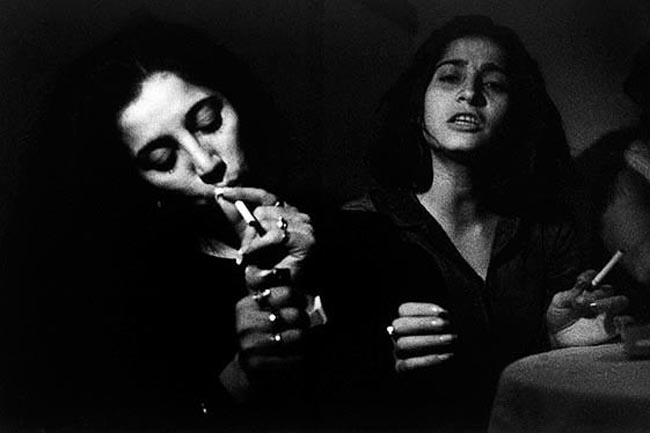
Sobek has described his early work as “socially oriented documentary photography of a humanist orientation.” In other words, he primarily shot artful photographs of specific social groups that could also be sold to news magazines. He photographed monks in a Premonstratensian monastery in the village of Želiv (think Augustinian monks, but more strict); he did a series of photos of people living in or visiting the Hlučín region of the Czech Republic–a popular area for bicyclists and tourists because of its unique architecture and folk customs; he . He did a study of the Roma community in his hometown of Brno.
These black and white images are beautifully composed in a rather traditional and formal way. They are classically documentary, concentrating on a specific subject matter, deliberately constrained by parameters of that subject matter, set in a clearly identifiable social milieu. They manage to be both stark and delicate at the same time. They’re wonderful, technically polished photographs–but they don’t express a unique artistic perspective. As documentary photographs should do, they reveal more about the subject than the photographer–and that fact, of course, actually reveals something about the photographer.
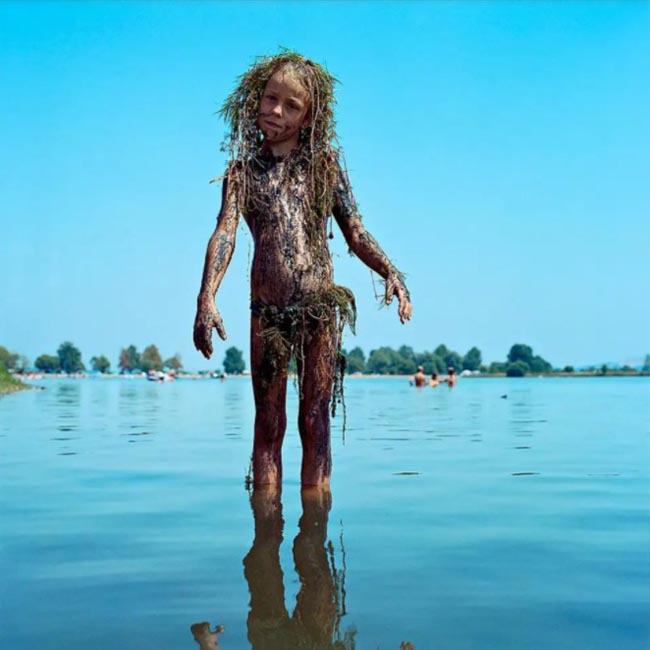
Over time, though, Sobek’s photography became more flexible. Instead of shooting strict documentary photographs, he began to allow himself more freedom–freedom to photograph serendipitous events, freedom from the strictures of formal composition, freedom to turn to a more general human condition instead of a neatly packaged group of subjects. Sobek’s work became more ‘of the moment’ with less emphasis on trying to depict a specific subject. We begin to see more of Sobek’s personality revealed in the photographs.
His photographs began to display a certain ironical vibe–a tongue-in-cheek quality. In many of his photos Sobek seems to be sharing a wink with the viewer. There is an intimacy to them; not necessarily an intimacy with the subject, but an intimacy with the viewer. We are sharing that particular moment with Sobek, not with whomever is in the frame of the photo.
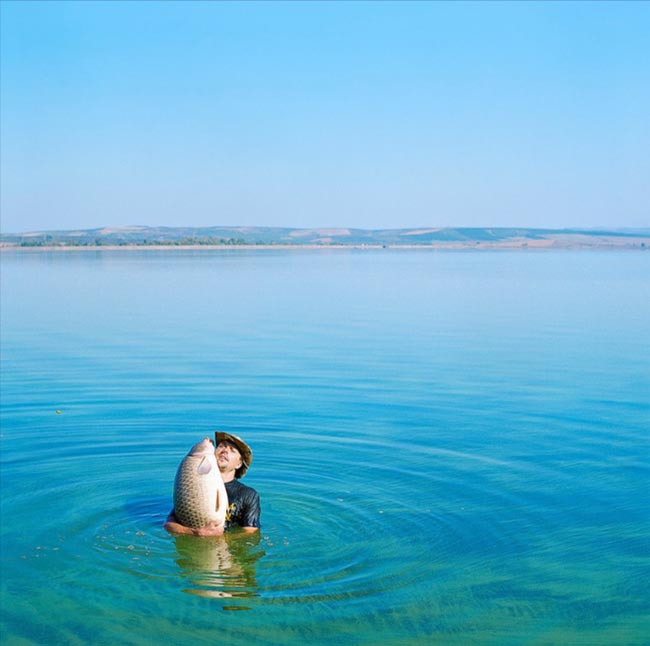
Several things began to happen around the same time. The Czech economy improved dramatically. The rising economy meant a higher standard of living for the people. This translated into more consumer goods and more leisure time, and the ready cash to take advantage of both. What Sobek has called “amusement factories” began to appear–theme parks and caravan holiday sites.
Sobek made the move away from black and white and into color. Color, of course, adds layers of complexity to composition. In the same way, a colorful life has layers of complexity that are absent in an 18% gray card life (a reference most people who’ve grown up with digital imagery may not get). And life in the Czech Republic was becoming colorful.
But what does this mean in terms of the Czech cultural identity? The Czech people had spent nearly half a century under a repressive political regime that required their cultural identity be suppressed in favor of a Soviet Socialist ideal. When that repression is lifted, does the old cultural identity re-assert itself? Or does a new identity develop?
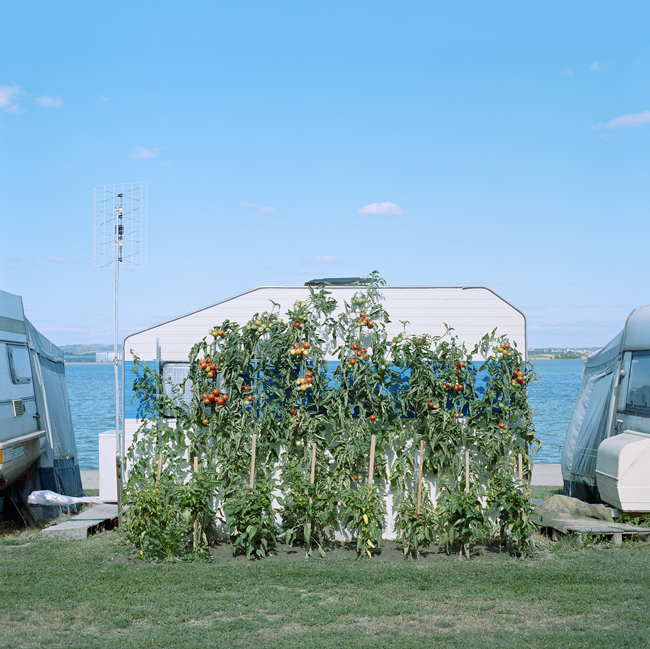
Sobek’s most recently published work seems to explore that question. At the same time, he is giving a nod to his former approach to photography. In his new series he turns once again to documentary photography, but now his focus isn’t on an established and well-defined group (like monks or the Roma); this time he’s looking at a group in transition. Czechs with leisure time.
People have been camping on the shores of the Nové Mlýny reservoir for a long time. In fact, on the northern shore of the reservoir (which was formed by damming the Dyje River) are the remains of a 2nd century Roman military encampment. In recent years, the reservoir has become a popular summer resort, especially for caravanners (another fairly recent development in Czech culture).
Sobek’s photographs of Czech caravanners staying on the shores of the Nové Mlýny reservoir are documentary. But they also display Sobek’s more recently developed wit and sense of irony. These images fall squarely in the modern realm of subjective documentary photography; they do what documentary photography is supposed to do while maintaining the personal perspective of the photography.
Is his work an example of identity photography? Does it express a uniquely Czech view of the world? Do modern Czechs have a unique view of the world? I’m inclined to think they’re developing one, that the modern Czech worldview is shaped less by the years of repression than it is by the liberation from that repression. I rather think it’s a youthful worldview–both because it’s new and because it’s driven by younger Czechs. I also think Evžen Sobek is expressing the evolving Czech identity in an appropriately modern Czech voice. Or, to be more accurate, through modern Czech eyes.
We began with a black and white photo of monks living in a tradition that originated in the 12th century; we finish with a short wave radio on the shore of a modern caravan park. Oddly enough, both appear to be consistent expressions of Czech identity interpreted by Evžen Sobek’s camera.

